
Written by Neil Milton
In the years since I began teaching and mentoring younger street photographers, I’ve found that, for most, winter brings something of a slow-down. The weather, the low light, and the lack of vitamin D can cause a reluctance to pick up the camera and get out on the street.
With a longer break, skills get sloppy, and we may not see as much or be as quick to react. For that reason, spring can act as a springboard (ahem) to propel us into summer and autumn at full speed.
As we’re now over a week into April, it’s as good a time as any to get out and get started. The weather’s warming. The sunset is falling later. Vitamin D is in abundance.
In May last year, I brought you five assignments for street photography beginners. This month, let’s follow that with five more exercises to get you back up to speed.

1. Public Transport Stories
Early in the band’s career, when Belle and Sebastian’s Stuart Murdoch was afflicted with chronic fatigue syndrome, he would often spend time when he had enough energy to be active by riding on Glasgow’s bus network. He found this a soothing and stimulating activity, writing down vignettes of public life that would later find their way into his songwriting.
Photographing on public transport has been the staple of many a street photographer. Bruce Davidson, Walker Evans, Helen Levitt, and even Stanley Kubrick worked on the New York Metro system. Garry Winogrand had a penchant for making photographs in airports while waiting to travel.
Public transport can be a stage on which so many small dramas play out. Train platforms play host to couples embracing after a long absence. On sticky, busy metro journeys we may see passive-aggressive tensions boil over. At the airport, late arrivals can be caught running to their gate.
Public transport is teeming with fleeting moments and expressions, and it has plenty of compositional opportunities, for instance, shooting through windows, reflections, or finding leading lines.
So buy yourself a ticket, get on board, and start making some photographs.


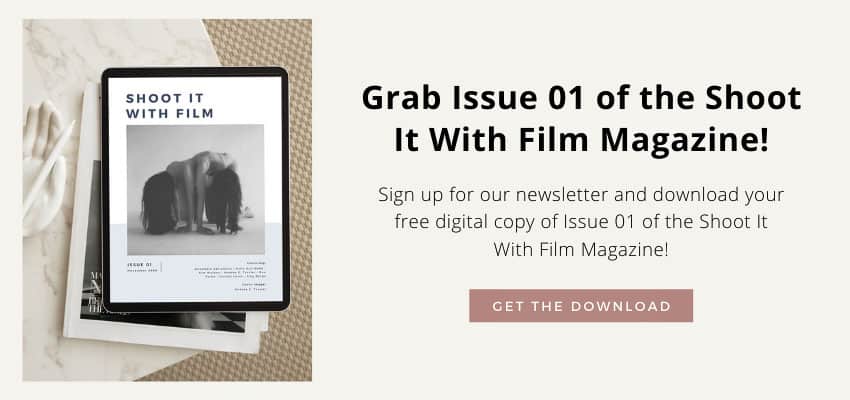
2. One Street, One Day
As a street photographer, there are days when it feels that the fates are against us. No matter how we try, we can’t see anything of note. That’s not to say nothing is occurring, we may just not be in the right location, or the places we find ourselves just aren’t working out.
Many street photographers predominantly work and explore the streets of their home city. In Warsaw, where I live, it can be the toss of a coin whether a certain area will be busy from one day to the next.
On those quieter days, or on those days without the spark of inspiration, it helps to have a particular place we return to again and again. If the place is a central hub that leads off in many different directions, all the better. Place de l’Opéra in Paris, Picadilly Circus in London, even Rondo Dmowskiego in Warsaw are good places to begin then let luck decide which direction you set off in.
Nevertheless, though, it can also be a great idea to pick a place and just stay there for the day photographing whatever catches your attention. Instead of finding ourselves on the move like Daido Moriyama or Bruce Gilden, we are rooted in an area which forces us to slow down and start to better notice what’s around us. Not only this but as the day progresses, we can observe how the light changes and how the pedestrian bustle rushes and slows.
Though it requires a degree of patience, especially if we are used to moving, picking one street or one corner for the day is a great exercise to come back to every so often.



3. Photographing Sound
As a former musician and music-industry type, I cut my teeth in photography with music, making pictures of artists playing live in and around Glasgow. From small venues, I graduated onto concert halls then arenas and damn near deafened myself in the process.
As I found my way into street photography, I began by listening to music as I wandered around. This, I realized, was something of a mistake. It turns out that street photography is a multi-sensory experience and being able to hear what’s going on around the corner, behind me, or – at times – several streets away is an integral tool. That way, fleeting moments heralded by noise aren’t missed.
Nevertheless, unless you choose to do something clever like accompany your pictures with binaural recordings of the sounds of the street, photography itself is a silent medium.
As such it can be an exercise to spend a day making photographs that visually imply sound. It might be laughter, children crying, dogs barking, or some moment of frustration boiling over between two city dwellers. Whatever it may be, consider how to depict that in the photograph through clever use of body language, gesture, expression, or in the reactions of others.
Anything that conveys the idea of an audible atmosphere is fair game.



4. Opposites and Contrasts
With this exercise, now we’re really digging into the bread and butter of classic street photography. Opposites, juxtapositions, and contrasts are the blocks that street photography is built upon.
Whether it is a wry, humorous juxtaposition seen in someone’s expression or gesture or something of a more serious, if cliched, social statement made by contrasting rich versus poor, opposites can make for some strong street photography, and it helps to practice seeing such things.
You can find juxtapositions and contrasts in many of the best street photographers’ work. People like Richard Kalvar and Elliott Erwitt are well-known for this style of photography.
So this exercise is to go out for the day and focus on things that may contrast with other things. Something old versus something new. Modern against vintage. A child mimicking the actions of an adult. Or, as my photograph here, a man in a state of disrepair standing next to a positive message.
The more we practice the more we will see. Here we are training our eyes to notice.


5. Go Wider
As a seasoned street photographer, I began life with a 50mm lens as my daily go-to, and I stuck to that for many years. Eventually, for the work that I do, I felt the 50mm was a touch too tight, and so I slowly shifted across to a 35mm lens. I’ve been a 35mm guy for a few years now. Nevertheless, every so often it helps to switch out my trusty 35mm for a 28mm.
Shoot with the same focal length for long enough and we start to see within those frame lines without ever bringing the camera to our eye. It becomes second nature to know what will fall inside the frame before looking.
A wider focal length changes where we expect the frame lines to fall, and it pushes us to look. The change exaggerates depth and changes our perspective. We feel more immersed in the scene, though of course, we need to get closer to it.
With a wider-angle lens, background elements come into play, and there is more thought about layering. There’s also more concentration required on how subjects interact with each other within the space.
So, embrace the challenge, step in, get closer, and let the street unfold around you.



With another seven weeks until the beginning of June, there’s plenty of time to dig into these small assignments and get some practice before the summer and autumn come around.
Good luck!

Thank you so much, Neil! Neil is a regular contributor here at Shoot It With Film, and you can check out his other articles here, such as A Film Photography Experiment: Delaying Developing to Improve Clarity and Is Film Photography More Expensive than Digital?.
You can find more of Neil’s work on his website, and sign up for his street photography newsletter here.
Leave your questions about these street photography exercises below in the comments!
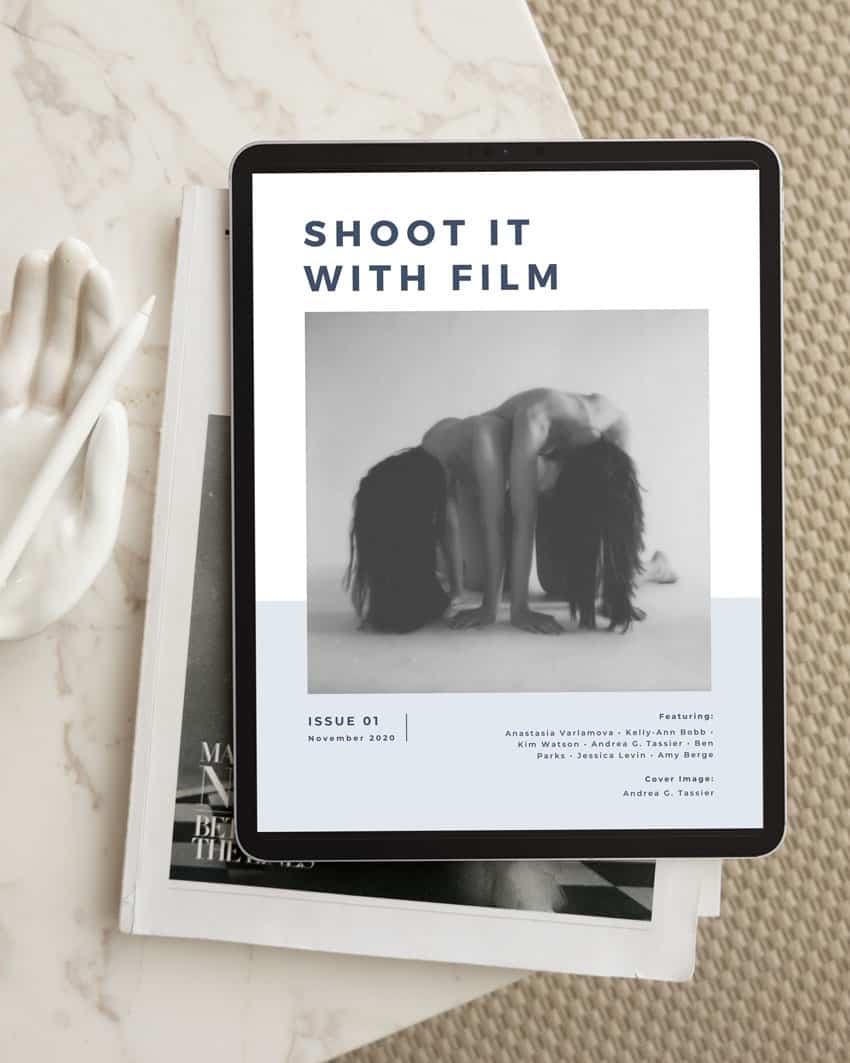


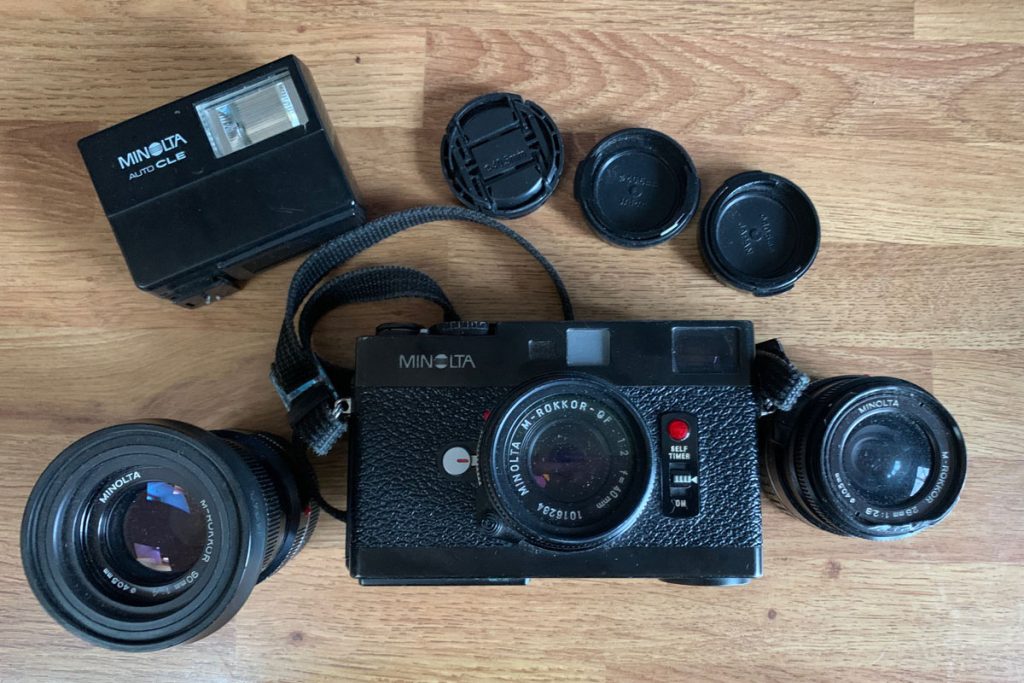
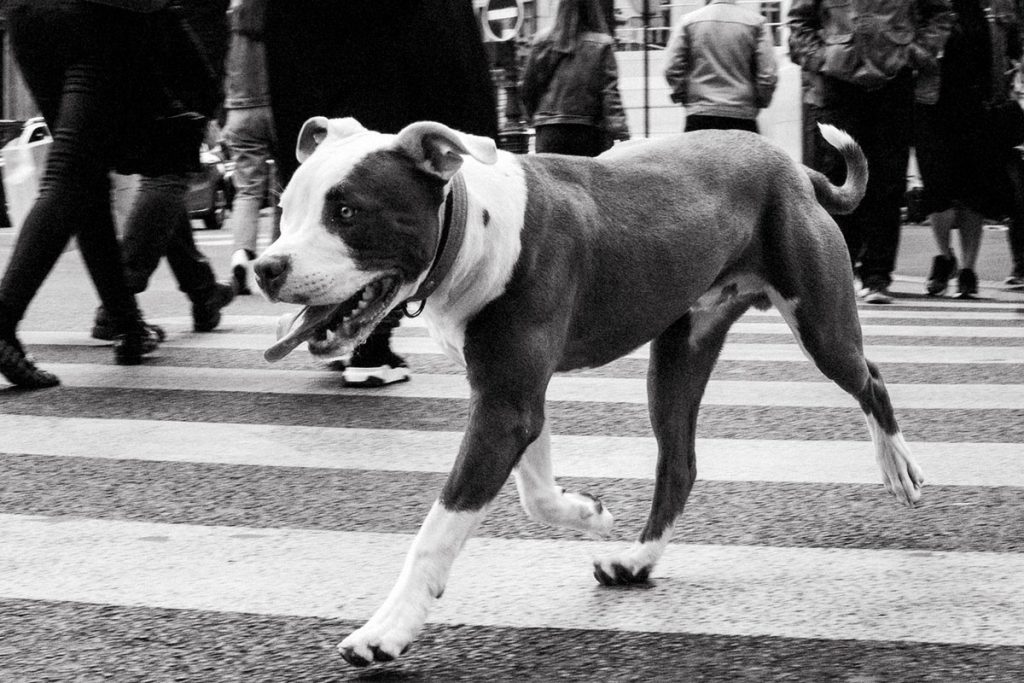
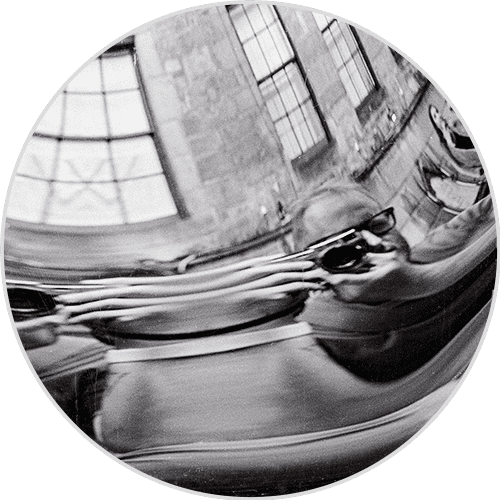


Blog Comments
Eade
April 12, 2025 at 7:59 am
Dear Neil Milton,
Do you realise that in the third paragraph you only addressed you readers in the northern hemisphere?
Neil
April 12, 2025 at 2:28 pm
I imagine most of my readers in the global south will recognize I’m writing from my own point of view. Most of them might even cope with it, as hard as may be, by seeing it as a simple hook to get into the meat of the article rather than a carefully calculated dismissal of everyone south of Istanbul. 😉